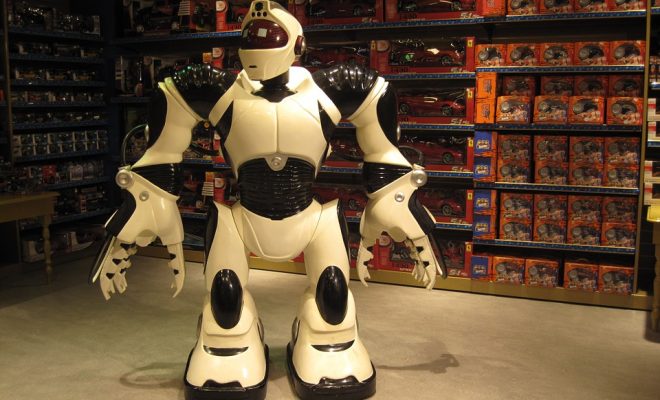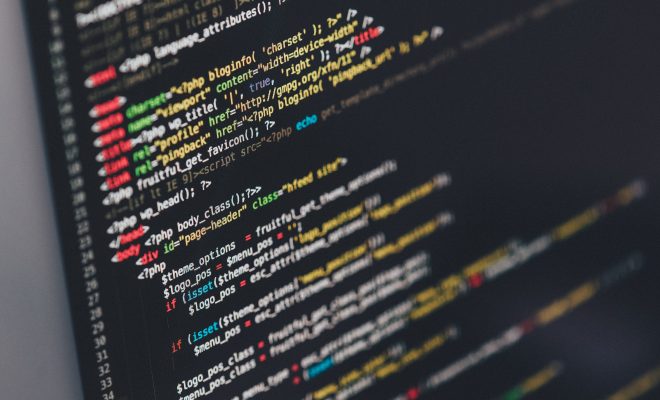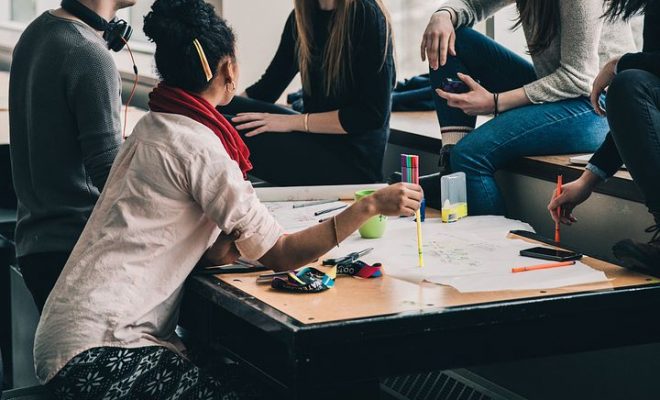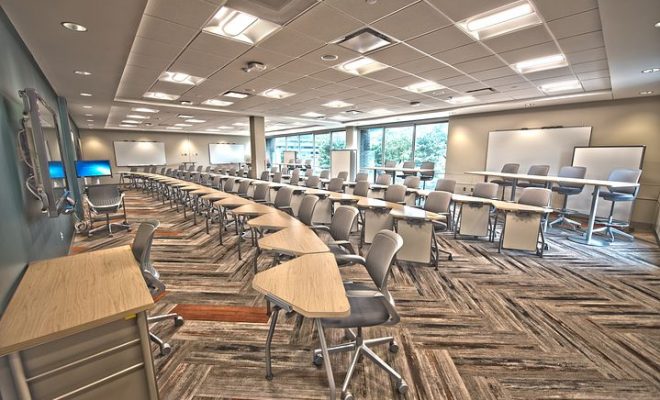What Do I Need For My Makerspace?

If you’re an advocate for interactive learning, or your students thrive with hands-on activities, a makerspace is a great way to keep students engaged.
A makerspace is a collaborative work space for learning through physically creating different items. From 3D printers to Legos and cardboard, makerspaces come in all shapes, themes, and levels of sophistication.
Makerspaces are tech-optional, but many makerspaces – especially in an era where technology is considered the currency for our educational and professional world – include the latest technological tools.
Inside most classrooms, the teacher, a few pencils, and a chalkboard are the only tools in sight.
A makerspace provides a variety of physical tools to help your students learn through creation and collaboration. Here are just a few tools necessary for starting your own makerspace.
- Paper & Other Art Essentials: Paper comes in all shapes and sizes and depending on the makerspace you have in mind, the paper you’ll need will be different. Ask parents to donate cardboard, paper towels, cardstock, and printer paper if you’re planning on doing lots of printing. Stock up on newspaper for papier-mâché, cardboard boxes for larger creations and other arts and crafts essentials like a pipe cleaner, stickers, glue sticks and scissors. Especially if you’re looking at a limited budget and your students are younger, starting a maker space with these affordable craft materials is a great way to introduce creation to learners of all ages.
- Digital Tools: If you’re looking to create a high-tech makerspace, or at least introduce younger students to the world of electronics, and you’ve got the funding for it, invest in a 3-D printer. 3-D printers print out objects from model airplanes to hammers to organs! While you don’t need kidneys to consider your makerspace successful, teaching students to create using a 3-D printer helps them understand cutting-edge technology. Other useful tools include laser cutters, vinyl cutters, and anything on an iPad that helps digital creations come to life.
- Circuits: In comparison to a 3-D printer, circuits may seem old fashioned. But circuits offer endless possibilities for creation and tie nicely into science curriculums focusing on electricity and machinery. Pick up items like Snap Circuits for students to create their own devices and Bare Conductive, an Electric Paint that helps even the artsiest of students fall in love with circuitry.
- Coding & Programming Tools: There’s no question that a working knowledge of computer programming is essential for the business leaders of tomorrow. Our universe is tech-centric, and corporations rely on software engineers and outstanding digital content to thrive. Invest in interactive apps for students to practice coding and learning. If tech tools aren’t in your budget, set up mock computers and teach kids the fundamentals of coding with bracelets, blocks, and hand-drawn mazes. Check out this breakdown of different hands-on activities that don’t rely on computers or fancy apps to help students understand computer programming.
- Books: If you’re lost on finding the right combination of tools for your students, check out a few instructional books to help you customize your makerspace. Every classroom is filled with different needs and interests, so check out books like the Makerspace Playbook: Schools Edition for inspiration and a look at real classroom experiences. If you want your kids to create but you’ve got no clue how to make things yourself, brush up with books like The Ultimate Workshop and Tool Guide that include step-by-step tutorials. Creating a makerspace environment conducive to learning can be difficult. Luckily, there are dozens of books designed for teacher reference that help unlock the potential of every evolving makerspace.
Before purchasing anything or asking parents for donations, have a conversation with your classroom and consider what they might be interested in learning about. Consider their age, interests and even desired professions.
If you’ve got students who dream of becoming software engineers, give them a taste of computer programming so they can decide for themselves. If you’ve got students, who’ve grown up around construction or are obsessed with everything electronic, incorporate circuit work into your makerspace lesson plan.
And if you’re worried about funding, there’s nothing a group of devoted parents won’t donate! Create a steering committee to help guide your purchases and get donors onboard for a one-of-a-kind classroom makerspace.
Have additional items on your makerspace list? Comment down below.




